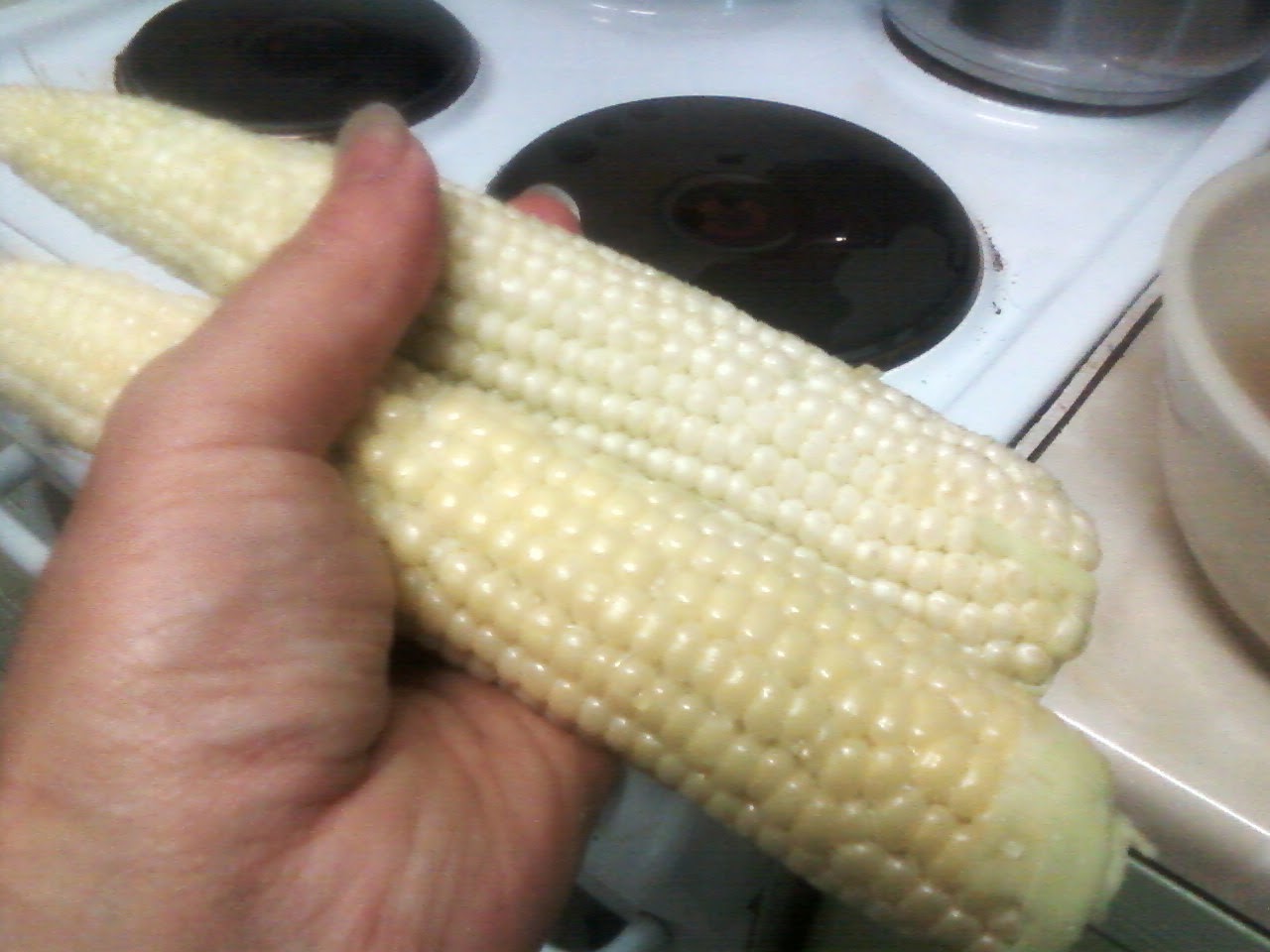It is getting crowded in our fruit patch!
At the back of the allotment we have two apple trees - Chiver's Delight and a Gala as well as a damson tree, all of which are minarette and we try to keep them to six or seven feet tall, as that is what has been laid down as a condition when we sought permission to plant them in the allotment.
Over time, the Gala has shaded out the Chiver's Delight and we have had problems such as this downy mildew.
So, now the trees are dormant, it is a good time to move them. So, the Chiver's Delight has moved down a section (we have 5 sections to the allotment, 4 rotation and 1 permanent) to the other side of the asparagus bed, and hopefully there it will have much more light and growing space. In fact when I dug it out, it's root ball wasn't that big which suggests that it has been crowded out.
Also moving was a blackcurrant bush to where the old asparagus bed was.
To transplant the apple, I dug a hole deeper and bigger than the root ball, and put plenty of manure and compost into the hole, then transplanted the tree, filled in with more compost and earth, pressed down the soil firmly and staked the tree. The blackcurrant was done in a similar way, though these don't need staking.
Jobs also done at the same time were stripping and moving the bean frame to the top section (rotation), and trimming back the lavender and the hazel.
At the back of the allotment we have two apple trees - Chiver's Delight and a Gala as well as a damson tree, all of which are minarette and we try to keep them to six or seven feet tall, as that is what has been laid down as a condition when we sought permission to plant them in the allotment.
Over time, the Gala has shaded out the Chiver's Delight and we have had problems such as this downy mildew.
So, now the trees are dormant, it is a good time to move them. So, the Chiver's Delight has moved down a section (we have 5 sections to the allotment, 4 rotation and 1 permanent) to the other side of the asparagus bed, and hopefully there it will have much more light and growing space. In fact when I dug it out, it's root ball wasn't that big which suggests that it has been crowded out.
Also moving was a blackcurrant bush to where the old asparagus bed was.
To transplant the apple, I dug a hole deeper and bigger than the root ball, and put plenty of manure and compost into the hole, then transplanted the tree, filled in with more compost and earth, pressed down the soil firmly and staked the tree. The blackcurrant was done in a similar way, though these don't need staking.
Jobs also done at the same time were stripping and moving the bean frame to the top section (rotation), and trimming back the lavender and the hazel.















